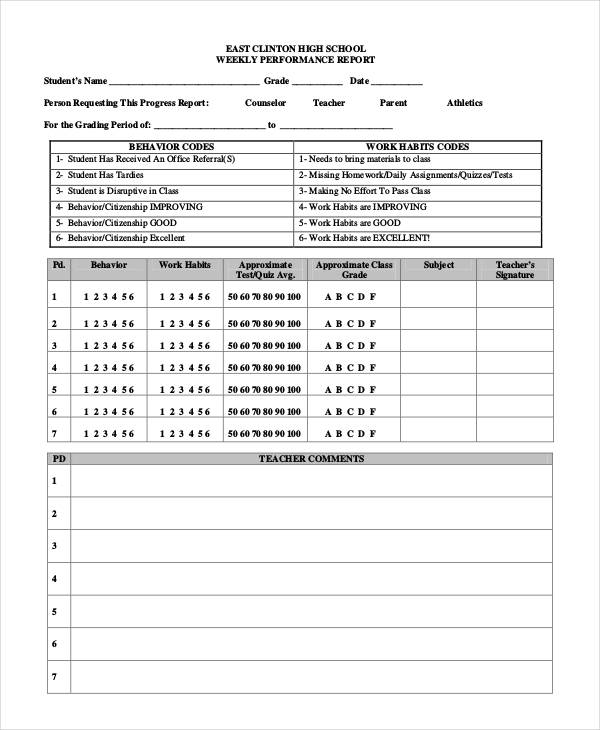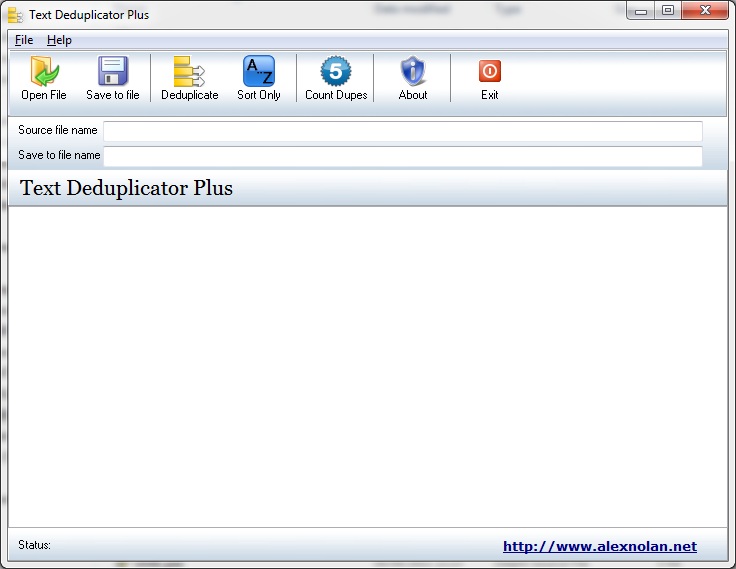
However, there are some types of data that should not be deduplicated. Cluster shared volumes also cannot be deduplicated.Īs I alluded to earlier, there are certain data types that can benefit from the deduplication process more than others. Furthermore, the volume cannot reside on removable media and it must not be formatted as ReFS.

#FREE WORD DEDUPLICATOR WINDOWS#
Windows Server cannot deduplicate a system volume or a boot volume. It is also worth noting that not every volume type can be deduplicated. In reality however, seventeen volumes at a time is a more realistic expectation from today's hardware. The theoretical limit is that ninety volumes can be deduplicated simultaneously. Higher-end systems can be duplicate multiple volumes simultaneously. Such a system could theoretically run a single deduplication job that would be capable of processing about 100 GB per hour. According to Microsoft, a deduplication job needs one CPU core and about 350 MB of RAM. The minimum supported configuration is a single processor system with 4 GB of RAM and a SATA hard disk. Of course this raises the question of the hardware resources that are required in order to perform data deduplication. You should configure the deduplication process to occur outside of peak hours of operation. Similarly, if you have folders containing compressed files you can exclude those folders from the deduplication process.įinally, there is an option to set the deduplication schedule. The File Extensions to Exclude setting lets you avoid wasting system resources by preventing Windows from trying to do duplicate files that most likely will not benefit from the deduplication process.
#FREE WORD DEDUPLICATOR ZIP#
This includes things like zip files, and compressed media files such as MP3 files. The basic idea behind this setting is that some types of files cannot be deduplicated because they are already compressed. Making sure that a file is at least a few days old before it is deduplicated is a great way to avoid wasting system resources.Īnother setting that is worth paying attention to is the File Extensions to Exclude setting. You really don't want to waste these resources on deduplicating temporary files. The reason why Microsoft gives you the option of waiting until a file is a few days old before it is be duplicated is because the deduplication process consumes system resources such as CPU cycles and disk I/O. Instead, a scheduled process performs the deduplication at a later time. In other words, deduplication does not happen in real time. The deduplication mechanism in Windows is post process. The first such setting is the Duplicate Files Older Than setting. The Deduplication Settings dialog box provides a number of options. However, there are a couple of other settings on this dialog box that are worth paying attention to. You can enable data deduplication by simply selecting the Enable Data Deduplication check box and clicking OK. Select the Configure Data Deduplication command from the shortcut menu.Īt this point the Deduplication Settings dialog box will appear, as shown in Figure 3.

Next, right click on a volume and choose the Configure Data Deduplication command from the resulting shortcut menu, as shown in Figure 2. To do duplicate a volume, open the Server Manager and select the Volumes container.


#FREE WORD DEDUPLICATOR INSTALL#
You must install the deduplication component.ĭeduplication is performed on a per-volume basis. Click Next on the remaining screens and then click Install to install the necessary components. Expand the File and Storage Services role, and then expand the File and iSCSI Services container and select Data Deduplication, as shown in Figure 1. When the Add Roles and Features Wizard launches, navigate through the wizard until you reach the Add Roles screen. To do so, open Server Manager and then choose the Add Roles and Features command from the Manage menu. Although deduplication features have existed in storage hardware for years, the release of Windows Server 2012 marks the first time that Microsoft has allowed deduplication to occur at the operating system level.īefore you can use the deduplication feature, you will have to install it. One of the more useful features of Windows Server 2012 and Windows Server 2012 R2 is native data deduplication.


 0 kommentar(er)
0 kommentar(er)
